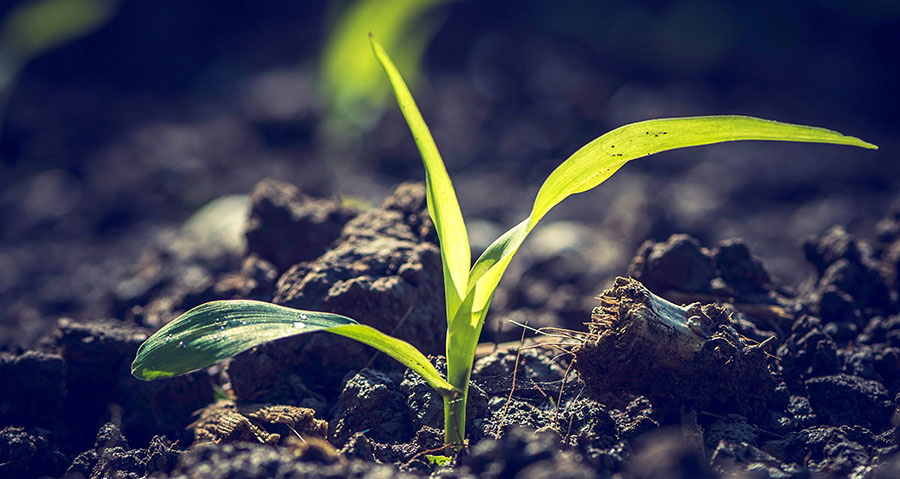By Dr. John D. Bailey, PhD
Q: How long have you been working with nitrogen stabilizer products?
A: I’ve been working on technical product development for almost 17 years. My expertise has been focused on the technical development of products to improve fertilizer efficiency and crop physiology, primarily through the use of biostimulants.
Q: How do nitrogen stabilizers work?
A: In a very general sense, nitrogen stabilizers involve chemistry (active ingredients) that help reduce the loss of nitrogen to the environment. In almost all cases, you will hear of “urease inhibitors” and/or
“nitrification inhibitors” when it comes to these products. Below, I provide a general overview of these chemistries.
Urease inhibitors
Urease inhibitors block the soil enzyme, urease, which breaks down urea into nitrogen forms the plant can use. If there is a bit of soil moisture and temperatures are warm, when one spreads urea on the ground, urease breaks the urea down into water and ammonia – on the surface of the soil, ammonia is a nitrogen gas. This means that when urease is active on the soil surface, a proportion of the urea fertilizer is lost back into the atmosphere. Since our atmosphere is about 80% nitrogen, it makes sense that the nitrogen naturally wants to “go back home” by converting back into a gas. The most common urease inhibitor on the market today is called NBPT and it is used to help prevent ammonia volatilization of
ammonia from urea.
Urease inhibitors really only bring value when used with urea or UAN that is surface applied and the risk of volatility is present. They don’t bring much value to other types of nitrogen fertilizers that are NOT urea (such as ammonium nitrate) because these other forms aren’t prone to ammonia volatilization. Urease inhibitors also don’t bring much value if the urea is incorporated below the soil surface quickly after application, where the risk of volatilization loss is low. NBPT is the most common urease inhibitor
on the market and its use is supported by a very large amount of independent, peer-reviewed data.
Nitrification Inhibitors
Nitrification inhibitors block a key soil process that converts nitrogen from a non-leachable form (ammonium) to a leachable form (nitrate). Naturally, once nitrogen fertilizer is below the soil surface, it is broken down into its basic forms by moisture and certain microbes, called nitrifiers. Nitrifying bacteria convert the more stable form of nitrogen (ammonium) into the leachable form of nitrogen (nitrate). Since ammonium has a positive charge (NH4), it can bind to soil particles like a magnet and is not as mobile in the soil. Nitrate has a negative charge (NO3-) and cannot bind to soil particles and is, therefore, mobile in the soil – this means it’s leachable and the fertilizer can be lost to the environment. Nitrification inhibitors block the activity of nitrifying microbes for varying amounts of time. They bring value because they give the nitrogen fertilizer a greater chance of being taken up by the plant before being converted to nitrate and leached away. DCD is one of the most widely used nitrification inhibitors on the market and its use is supported by a very large amount of independent, peer-reviewed data.




